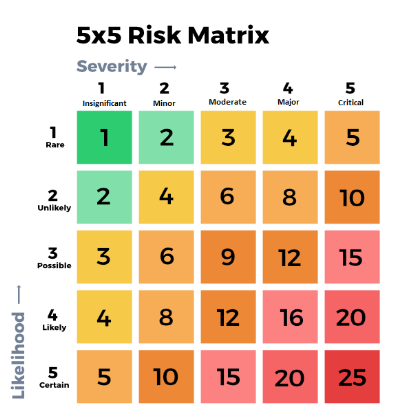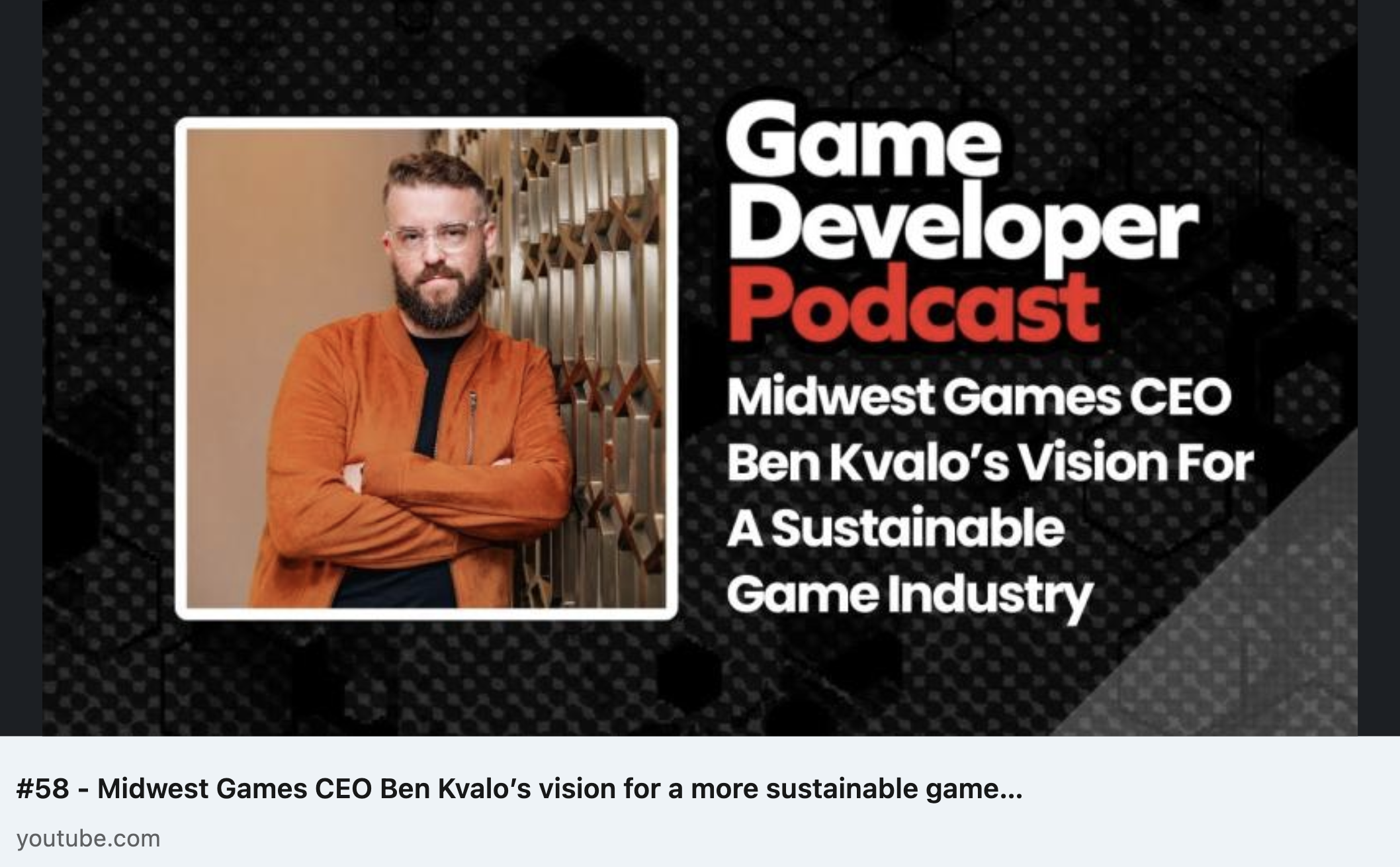Managing Risk in Video Game Development
%20(2).png)
Written by Chris Klimecky, Head of Production
Why Practice Risk Management?
Every organization faces uncertainty, and it’s a given in video game development. Some of those uncertainties are small hiccups. Others can derail entire projects, burn through budgets, or damage reputations.
That’s where risk management comes in — the systematic process of identifying, assessing, and controlling potential threats or uncertainties that could negatively impact an organization’s objectives. In other words: It’s about thinking ahead and having a plan when things go sideways to still provide your video game the best chances of success in a very difficult marketplace.
Prevention is cheaper and less harmful than reaction in all ways: financially, emotionally, work efficiency, number of people affected, etc. Risk management isn’t about eliminating uncertainty. It’s about giving your team, whether it be developers, artists, or marketers, a structured way to handle the challenges of the video game industry.
Practicing risk management helps you to stay proactive rather than reactive, align on potential problems and solutions, build accountability, and provide structure and data to things that often feel intangible. Just remember you can’t prevent all surprises. Finding a balance by focusing on the biggest risks is key to getting the most out of risk management.
Step 1: Name and Describe the Risk
You don’t need to make a list of every possible bad thing that could ever happen. The goal is to identify the meaningful risks that matter and occur during the development and publishing stages.
Ask yourself if it is a real risk, a worry, or just a task? Why is it a risk and what data or feelings support that? What are the potential outcomes? Can it actually be managed? Who does it affect (an individual, a team, a project, or the company)? Does it matter enough to track?
Step 2: Assess It — Likelihood and Severity
Not all risks deserve the same level of attention, so using a risk management matrix can help you to determine what risks are a priority. Rank them by the following categories:
- Likelihood (1–5) — how probable it is
- Severity (1–5) — how bad it would be if it happened

It’s also important to focus your energy where it counts. Keep the “green” or “yellow” risks on your log (no more than five total), but don’t spend real time on them. Save your attention for what’s most likely and/or most damaging.
Step 3: Decide What You’ll Do About It
Once you’ve named and ranked the risk, the next step is to make a plan. Questions to ask: Who is responsible? What will you do if early warning signs appear? What actions could put things back on track?
You can also use the P.A.C.E. method to structure your response:
- Primary - Your ideal solution or outcome
- Alternate - Secondary solutions that still result in a positive outcome
- Contingency - What you’ll do if your preferred solutions aren’t possible and you had to “pull the reserve parachute”
- Emergency - What you’ll do if your contingency fails. What’s your final fallback plan?
Step 4: Take Preventative Action
Even before a risk materializes, there’s work to do. Ask what controls do you already have (or can you put in place) to prevent the risk from taking shape?
Monitor the situation by figuring out who is tracking it. What’s the reporting mechanism? Who needs to know the status (stakeholders)? What are the triggers to take further action? When and how often should the risk be re-evaluated?
Wrap-Up: Stay Proactive
Risk management works best when it’s active, ongoing, and collaborative. The world of video game development and publishing is filled with risk, presenting these challenges to even the best of studios. How you manage risk for your video game project will keep you on track for best chances of reaching your goals.
Keep these principles in mind:
- Be proactive, not reactive.
- Avoid easy pitfalls and obvious oversights.
- Lead your team out of fear and denial — even small steps matter.
- Continually monitor and reassess your risks.
- And most importantly: celebrate prevention.
When your game launch runs smoothly and problems are solved with little friction, that’s not luck…that’s good risk management.
Author Bio:
Chris Klimecky is Head of Production at Midwest Games, bringing decades of experience from Disney, Hasbro, Midway, Paradox, and many more. Chris’s expertise in production management has presented myriad cases of risk management where his foresight and practices have helped keep video games on track, mitigating material financial and resource loss to studios.
Need help in your production management or team training? Midwest Games is available for strategic and production services for video games across PC, console, and mobile. Our services are offered for hire on a flexible basis to help your game succeed. Get in touch with us now to discuss your needs.
Subscribe for updates
Join our email list for updates from Midwest Games.

.png)